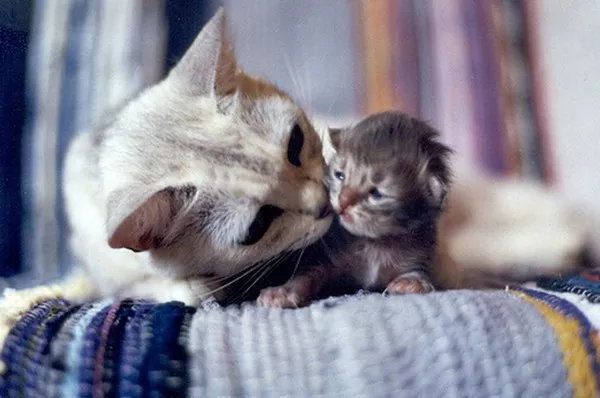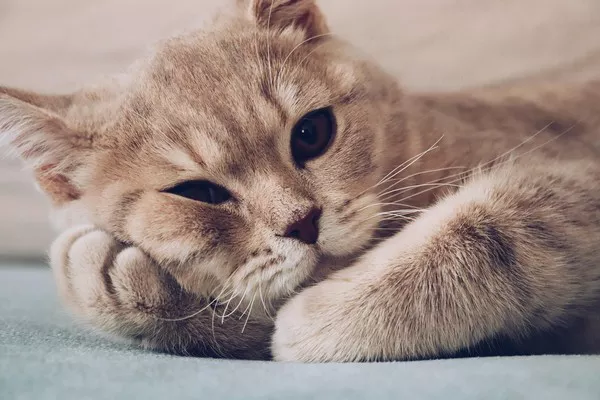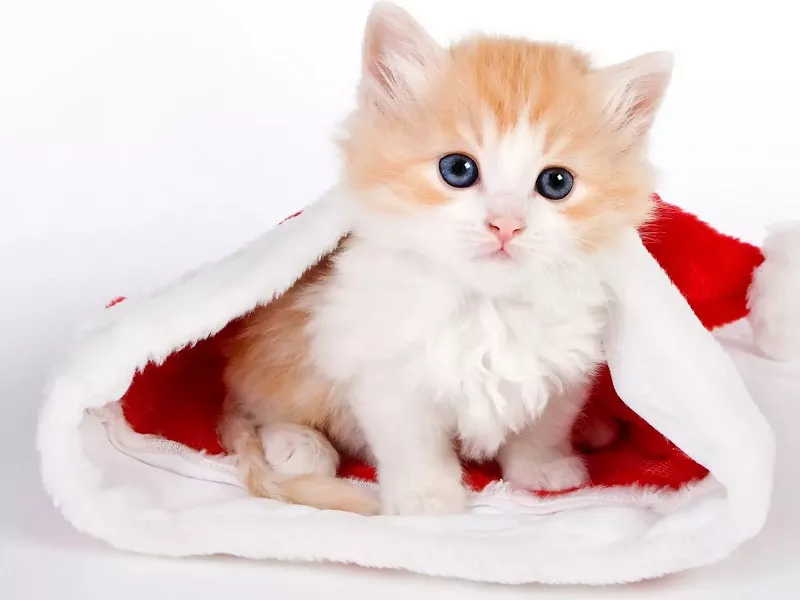If you’re taking care of a two-week-old kitten, it’s important to make sure they’re getting the proper nutrition to thrive. Kittens at this age are still very young and require a specific diet to support their growth and development. One key aspect of this is ensuring that your kitten is drinking enough milk. In this article, we’ll explore how much milk a two week old kitten should drink, what to feed them if they’re not drinking enough milk, and other tips for taking care of your new furry friend.
How Much Milk Should a Two-Week-Old Kitten Drink?
At two weeks old, a kitten’s primary source of nutrition should be their mother’s milk. If the kitten is being bottle-fed, they should be given kitten formula. A two week old kitten should drink around 2-3 tablespoons (30-45 ml) of milk or formula every 2-3 hours.
It’s important to note that every kitten is unique, so their individual needs may vary slightly. You should monitor your kitten’s weight gain and overall health to ensure they’re getting enough food. As long as they’re growing normally, eating regularly, and eliminating waste properly, they’re likely getting enough milk.
If you notice that your kitten is not eating enough or seems lethargic, it’s essential to take them to a veterinarian. They can assess your kitten’s health and determine if there are any underlying issues that need to be addressed.
What to Feed Your Kitten if They’re Not Drinking Enough Milk
In some cases, a two-week-old kitten may not be drinking enough milk. This could be due to various reasons such as illness, stress, or a lack of appetite. If your kitten is not drinking enough milk, it’s essential to seek veterinary advice promptly.
In some cases, the vet may recommend supplementing your kitten’s diet with a product called kitten milk replacer. These products are specially formulated to provide the necessary nutrition for kittens who are not getting enough milk from their mother or are unable to tolerate regular kitten formula. Kitten milk replacers can be found at most pet supply stores, and your vet can recommend a specific brand and feeding schedule.
It’s important to note that while kitten milk replacer can be a suitable replacement for mother’s milk or kitten formula in some cases, it should never be used as a long-term solution. Kittens need the unique nutrients and antibodies found in their mother’s milk or kitten formula to support their growth and development properly.
Tips for Taking Care of Your Two-Week-Old Kitten
In addition to ensuring that your two-week-old kitten is getting enough milk, there are several other things you can do to take care of them properly:
- Keep Them Warm:
Kittens at this age are still developing their ability to regulate body temperature and can quickly become chilled. Make sure to keep them in a warm environment, ideally around 85-90°F (30-32°C).
- Monitor Their Health:
Watch your kitten closely for any signs of illness, such as lethargy, loss of appetite, or diarrhea. Take them to a veterinarian promptly if you notice any concerning symptoms.
- Stimulate Them to Eliminate Waste:
Kitten mothers usually stimulate their kittens to eliminate waste by licking their genital area. If you’re bottle-feeding a kitten, gently stimulate their genital area with a soft cloth or cotton ball after each feeding to encourage elimination.
- Socialize Them:
Handle your kitten regularly and expose them to different people, sounds, and environments to help socialize them properly.
- Follow a Feeding Schedule:
Kittens at this age need to eat frequently, so make sure to follow a regular feeding schedule every 2-3 hours.
Conclusion
Ensuring that your two-week-old kitten is getting enough milk is crucial to their growth and development. A kitten at this age should ideally be drinking around 2-3 tablespoons (30-45 ml) of milk or formula every 2-3 hours. If your kitten is not drinking enough milk, speak to a veterinarian promptly to determine the best course of action. By taking proper care of your two-week-old kitten, you can help them grow into happy, healthy adult cats.
Recommended reading:

























